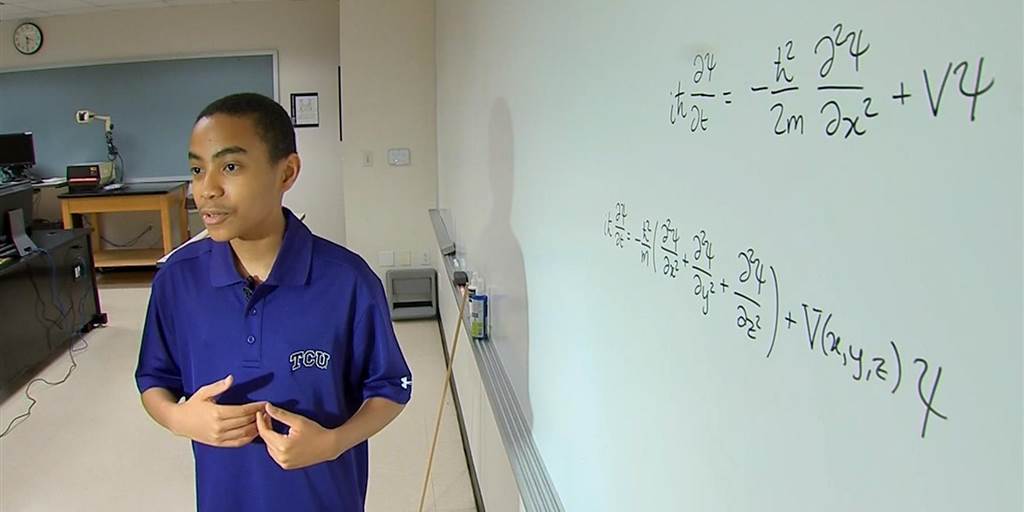Amazon designed the tech to improve customer service, but it could end up violating your civil rights.




https://youtube.com/saveyourinternet/
Article 13 could create enormous unintended consequences for everyone. We need to come together for a better solution. Learn more how to make your voice is heard
If the biggest stars ✨ in the known Universe replaced our Sun in the System.

The eastern section of Antarctica is buried beneath a thick ice sheet. Some scientists simply assumed that under that cold mass there was nothing more than a “frozen tectonic block,” a somewhat homogeneous mass that distinguished it from the mixed up geologies of other continents.
But with the help of data from a discontinued European satellite, scientists have now found that East Antarctica is in fact a graveyard of continental remnants. They have created stunning 3D maps of the southernmost continent’s tectonic underworld and found that the ice has been concealing wreckage of an ancient supercontinent’s spectacular destruction.
The researchers, led by Jörg Ebbing, a geophysicist at Kiel University in Germany, reported their discovery earlier this month in Scientific Reports.
The project rising in Mountain View is Google’s first built-from-scratch corporate campus. New aerial video shows how construction is coming along, a year-and-a-half after Google broke ground on the futuristic, canopied structures.

Magnetic reconnection takes place when the magnetic field lines embedded in a plasma—the hot, charged gas that makes up 99 percent of the visible universe—converge, break apart and explosively reconnect. This process takes place in thin sheets in which electric current is strongly concentrated.
According to conventional theory, these sheets can be highly elongated and severely constrain the velocity of the magnetic field lines that join and split apart, making fast reconnection impossible. However, observation shows that rapid reconnection does exist, directly contradicting theoretical predictions.
How Your Eyes Work
The Future of Classical Computing (Heterogeneous Architecture – CPUs, GPUs, FPGAs, ASICs,…) https://www.facebook.com/singularityprosperity/videos/440265…prosperity
In this video, we’ll be discussing what heterogeneous system architecture is and how it is going to shape the future of classical computing!
[0:27–6:40] Starting off we’ll look at, what heterogeneous system architecture (HSA) is and two new types of computing devices, FPGAs & ASICs.
[6:40–9:44] Following that we’ll discuss, the impact of heterogeneous system architecture on the future of classical computing!
Thank you to the patron(s) who supported this video ➤